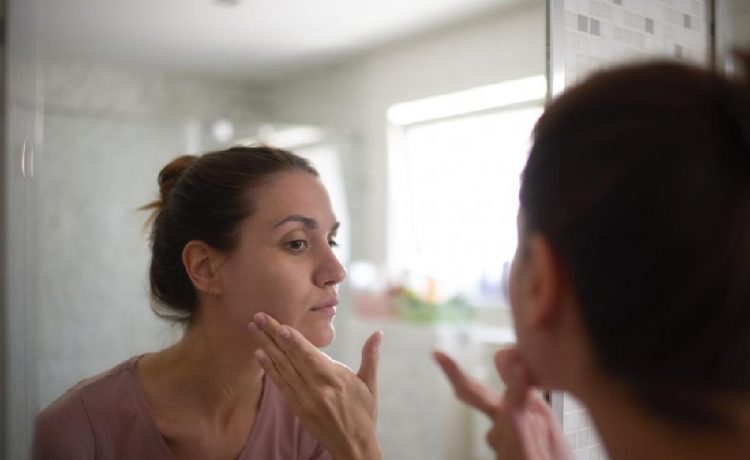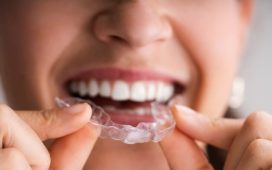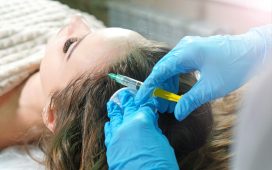Dysmorphophobia or body dysmorphic disorder is a common clinical disorder but little studied, which makes the person who suffers from it feel and think that they have a physical defect or believe that a small defect is something much more serious, or even imagine it. The person worries so much about it that it affects their daily life.
Doctors do not know precisely how many people have this disorder because affected people often keep it a secret.
Dysmorphophobia usually begins in adolescence, but it can affect all age groups and occurs in both men and women. Among the most recurrent concerns are facial defects (skin, mouth, nose or hair), and in the case of girls, the breasts would be added; or they can refer to more global aspects, such as feeling ugly.
Causes
Among the causes, we find low self-esteem, which gradually floods the person with negative thoughts, especially until it affects their body image.
The environment plays a very important role because a person who suffers from harassment will have more chances of suffering from this disorder. The family is another notable point, which can cause low self-esteem, leading to dysmorphophobia. It also occurs frequently in people with eating disorders ( anorexia, bulimia ).
The most common stage in which it appears is adolescence because that is when concerns with one’s physical appearance begin.
Symptoms
The symptoms of dysmorphophobia vary in each case. The main symptoms are obsessive thoughts about perceived defects, depression, delusional ideas and beliefs related to said defects, anxiety, and low self-esteem.
Some people avoid social contact because it generates anxiety and stress. Other people expose themselves to the public but are constantly nervous and self-conscious.
Those who suffer from dysmorphophobia try to hide those parts of their body that worry them, using a lot of makeup, changing their body posture or wearing excessive clothing. In addition, they establish ritual customs such as looking in the mirror for long periods.
The manifestation in the individual responds not only to sociocultural factors but also to variables of an individual nature, ranging from the genetic to the family, passing through the neurobiological and personal history. The balance and feedback between looking good and feeling good lose all balance in dysmorphophobia, leaving the psychic well-being completely dependent on the body, which in this case does not correspond to the real image but the body erroneously perceived by the user. Patient.
Prevention
It is important to convey healthy ideas about physical appearance and perfectionism as a way of life. Likewise, it is necessary to control the criticism issued towards the subject or the dynamics of comparisons between siblings or friends and fight against bullying.
The family plays a fundamental role in downplaying the changes that young people have in their bodies during adolescence.
Types
Diagnosis
It is an underdiagnosed clinical picture, but it seems more common than is believed. Diagnosis is made by medical consultation. Normally, it is either the family or friends who take the affected person to a specialist or the affected person himself who, when he goes to the doctor or surgeon worried about a problem, is diagnosed with this disorder.
It is difficult to diagnose since the patient rarely presents at the psychiatrist’s clinic; The diagnosis will depend on the medical history and the medical interview that will consist of a series of questions your doctor asks.
Treatments
Treatment includes psychological therapies, medications, or both, depending on the severity of the disorder. For example, it could be acted through self-help books or psychotherapies, which consist of a collaborative treatment based on the relationship between a person and the psychologist. Its fundamental basis is dialogue, which provides a supportive environment that allows you to speak openly with someone objective and impartial. If the case is more serious, medications will be prescribed, and hospital admission could be chosen if it is linked to an eating disorder.
Patients are often reluctant to receive psychological treatment as they are unaware of the real problem.
The goals of psychological treatment are:
- The modification of negative self-verbalizations about the body.
- Changing irrational assumptions about physical appearance.
- Disappearance, or at least reduction, of ritual and avoidance behaviours.
- Modify habits that negatively affect daily functioning, and learn to tolerate one’s appearance.
Other data
Dysmorphophobia usually begins in adolescence, but it can affect all age groups and occurs in both men and women. Although, in young women, the number is higher due to a greater need to feel beautiful and admired: among the main concerns that young women have, 59 per cent refer to their physical appearance, although in recent times, the number of cases in men it has also been increasing. The ages associated with this disorder range between 15 and 40 years. Patients with this problem usually have a family history of other mental disorders such as depression, addictive behaviours and psychoses.







